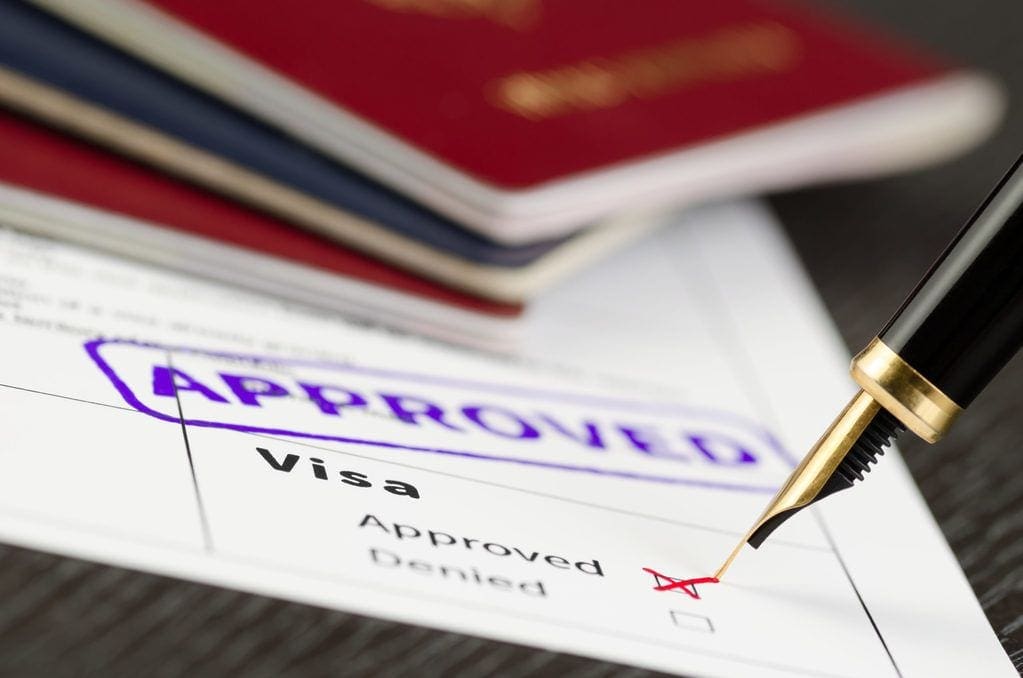The O-1 visa is a non-resident U.S. visa for people who demonstrate extraordinary ability in their field, whether that be the arts, sport, business, education or the sciences.
The O-1 visa is normally valid for up to 3 years. In some cases, the visa is granted to cover a specific event, production, or activity and may be valid for a shorter period of time. Extensions are available in 1-year increments, and there is no limit on the number of extensions.
To qualify for an extension, the O-1 visa holder must be able to demonstrate that they are continuing with the same position or activity for which the original visa was granted.
O-1 visas are highly discretionary and are reserved for the cream of the crop people who have risen to the top of their profession for a sustained amount of time – USCIS does not just give them away.
Simply submitting the documents required for an O-1 visa is not enough, applicants must establish a strong case that goes above and beyond meeting the minimum criteria.

O-1 Visa Strategies
When applying for an O-1 visa, three types of evidence should be presented, primary, secondary and tertiary to build a strong case.
1. Most importantly is the primary evidence that established the facts, such as the award or article itself, which is not based on opinion. The primary evidence can be thought of like a brick.
2. Experts are often used as secondary evidence to show how the person has done something impressive for the industry. A well-written letter speaking to how the individual’s achievements meet the criteria can serve as mortar for the bricks. However, a poorly written letter about the person will not accomplish anything.
3. The tertiary evidence contextualizes the article or award by explaining what the award is or who the expert is and why their opinion matters, acting as a seal for the mortar and bricks.
To be considered by USCIS as possessing an extraordinary ability for the O-1 visa, applicants need to meet at least three of the following criteria while also using the previously explained strategy for presenting evidence.
• Received national or international awards or prizes of excellence in their field.
The individual may have won a national or international award of excellence or have been a critical part of a company that received an award or has coached someone that won an award.
• Being a member of associations, whose membership requires outstanding achievement as judged by nationally or internationally recognized experts in the respective discipline.
Claiming membership of an association as an outstanding achievement as judged by members is not simply being a member of any standard industry organization. The applicant should be at the leadership core or part of the organization’s elite group of decision makers. When considering the membership of an outstanding organization, USCIS looks at the criteria for membership such as being part of a national team as an athlete.
• Their work has been featured in professional or high-profile trade publications or mainstream media.
Publications made by the individual in notable scientific or teaching journals can be used, the pivotal word here is notable. Another qualifier could be published material referencing the person or their work in a major trade magazine or major media. Sources such as the New York Times can qualify as major media, but the local newspaper does not.
• Any major contributions within the industry that are supported by established experts.
Inventions, patents and/or created methodologies that are significant to someone else can be used to meet O-1 visa requirements.
• Command a high salary or remuneration for their services.
A person with a high salary within the industry and/or that has created the company may also meet the criteria.
Other relevant evidence of exceptional expertise that do not fit any of the above criteria may also be used to qualify.
